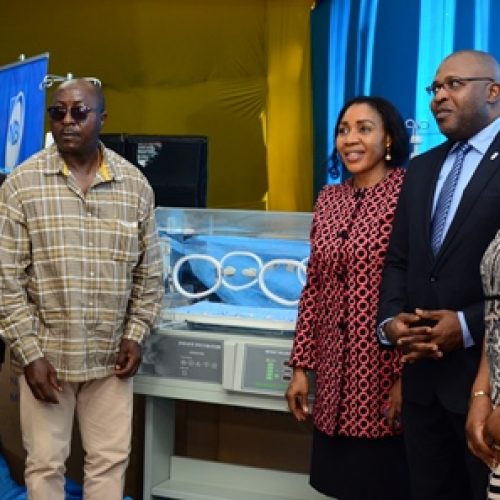Hope rising for diabetes management
… Daily insulin injection may soon give way to oral capsules
Every day, millions of people with diabetes worldwide have to inject themselves with insulin to manage their blood-sugar levels. But less painful alternatives are emerging. Scientists are developing a new way of administering the medicine orally with tiny vesicles that can deliver insulin where it needs to go without a shot.
The researchers presented their work at the 252nd National Meeting & Exposition of the American Chemical Society (ACS) held last week in Philadelphia, United States.
“We have developed a new technology called a Cholestosome,” says Mary McCourt, Ph.D., a leader of the research team. “A Cholestosome is a neutral, lipid-based particle that is capable of doing some very interesting things.”
The biggest obstacle to delivering insulin orally is ushering it through the stomach intact. Proteins such as insulin are no match for the harsh, highly acidic environment of the stomach. They degrade before they get a chance to move into the intestines and then the bloodstream where they’re needed.
Some efforts have been made to overcome or sidestep this barrier. One approach packages insulin inside a protective polymer coating to shield the protein from stomach acids and is being tested in clinical trials. Another company developed and marketed inhalable insulin, but despite rave reviews from some patients, sales were a flop. Now its future is uncertain.
McCourt, Lawrence Mielnicki, Ph.D., and undergraduate student Jamie Catalano – all from Niagara University – have a new tactic. Using the patented Cholestosomes developed in the McCourt/Mielnicki lab, the researchers have successfully encapsulated insulin. The novel vesicles are made of naturally occurring lipid molecules, which are normal building blocks of fats. But the researchers say that they are unlike other lipid-based drug carriers, called liposomes.
“Most liposomes need to be packaged in a polymer coating for protection,” says Mielnicki. “Here, we’re just using simple lipid esters to make vesicles with the drug molecules inside.”
Computer modeling showed that once the lipids are assembled into spheres, they form neutral particles resistant to attack from stomach acids. Drugs can be loaded inside, and the tiny packages can pass through the stomach without degrading. When Cholestosomes reach the intestines, the body recognizes them as something to be absorbed. The vesicles pass through the intestines, into the bloodstream, and then cells take them in and break them apart, releasing insulin.
The team has delivered multiple molecules with these vesicles into cells in the lab. To pack the most insulin into the Cholestosomes, the researchers determined the optimal pH and ionic strength of the drug-containing solution. They then moved the most promising candidates on to animal testing. Studies with rats showed that certain formulations of Cholestosomes loaded with insulin have high bioavailability, which means the vesicles travel into the bloodstream where the insulin needs to be.
Next, the team plans to further optimize the formulations, conduct more animal testing and develop new partnerships to move forward into human trials.







0 Comments
No Comments Yet!
You can be first to comment this post!